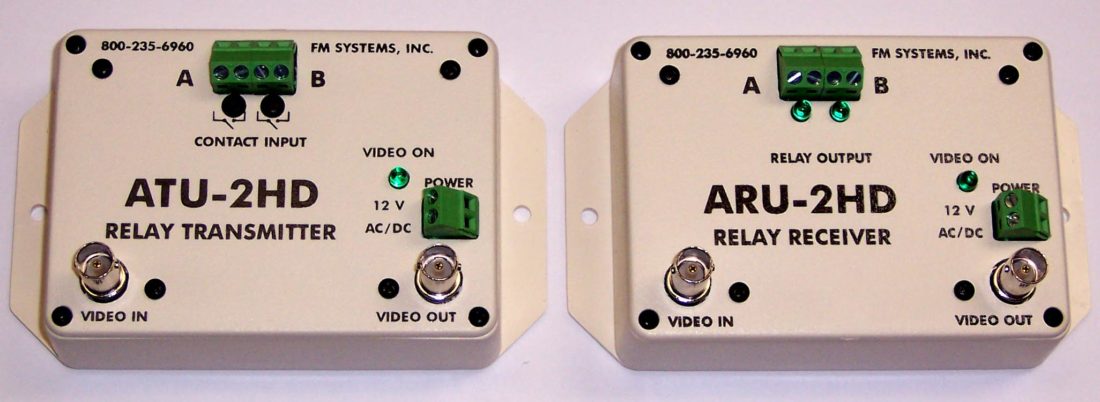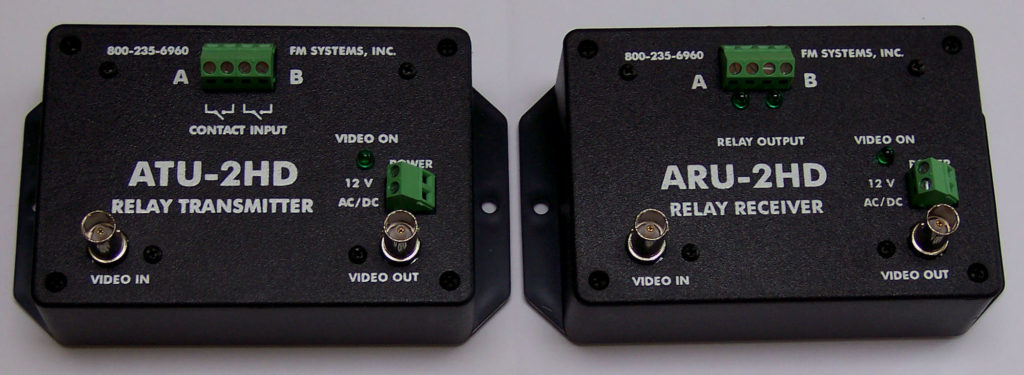
NEW VIDEO CAMERAS PUT THE “VI” BACK IN HIGH DEFINITION VIDEO
By: Don McClatchie
Before there was HD High Definition cameras, back in the old days of analog NTSC and CVBS Standard Definition video cameras buried within the video signal there was a way to send additional communication signals in what was called the Vertical Interval or VI. The VI was a series of pulses that began at the end of the last active line of video at the bottom of the screen and told the monitor to begin placing lines at the top of the monitor screen to start a new frame. Along with synchronization pulses there were serrated pulses (inverted pulses), half line width spaces, and full line spaces for both odd and even fields. Video at that time laid down two so called frames of the image so that each frame displayed every other line and the next frame displayed the line in between the others. Two fields were used because the phosphor on CRT “Cathode Ray Tube” monitor screens would not retain enough of the image brightness to prevent dimming on the top of the screen when progressive scanning was attempted. In time better phosphor was used but the TV format was established, and it wasn’t until the non- CRT monitors were developed that progressive scanning came into use.
This VI part of the video signals is where camera controls like “Pelco Coaxitron” was placed to Pan and Tilt the camera and the signals could go up the coaxial cable in the opposite direction from the video.
The CCTV security industry got a big boost when IP video cameras hit the market. They offered much higher resolution without the effects of cable slope loss that causes long cable runs to have dull or washed out pictures. There was a bit of a learning curve with these new IP network cameras in that they could not use the existing coaxial cable instead needed a network cable consisting of a minimum of two sets of twisted pair wire to make a two-way communication for the network. There was also a new 100 meter distance limitation and the installer had to program each piece of equipment with an address so that they could communicate with each other. Furthermore, the price of this new technology was quite a bit higher than the old analog cameras.
Now the installer has a new class of video camera and can use the existing coaxial cable with longer lengths than the IP network cameras and still get the High Definition resolution. The new video formats are called HD-TVI “High Definition Transport Interface”, HD-CVI “High Definition Composite Video Interface” and AHD “Analog High Definition” and as an extra bonus the price is more in keeping with the old analog cameras.
These new HD video formats have another useful feature, they have a Vertical Interval to place communications signals into just like to old Standard Definition cameras did. So, you now have HD and send control and telemetry signals on the existing coaxial cable without having to place additional wires for control. This can really pay off when your existing cables are buried or sealed up in walls or just in hard to reach areas.

The new ATU/ARU-2HD is a Universal Relay Control system that uses the VI of any type of HD camera to send relay control signals on any existing coaxial cable or twisted pair wires. We call it universal because it will work with any HD video source like AHD, HD-TVI, HD-CVI, NTSC, CVBS and even PAL video formats.
A transmitter unit connects to the video signal at either end of a cable and at the other end of the cable a receiver unit is connected. The video loops through both units without effecting the video image and sends the contact relay control signals for remote control. When a contact switch attached to the ATU-2HD is closed at the other end of the cable in the ARU-2HD a relay closes to operate your equipment. More than one set can be used on the same video signal for two-way control if needed. Each pair of units can be field programmed to operate on multiple lines in the VI so you can add units for more channels of control up to 4 units that gives you 8 control relays if needed and even more on the HD signals. One of the relay channels can be used as a video fail or signal loss alarm to provide a monitored relay path.
The contact closure and relay activation are nearly instantaneous and it the event of a video failure the power LED will flash to indicate loss of video. Each of the relays can independently be jumper programed for normally open or normally closed output. The receiver also has two LEDs to indicate the condition of the relays during operation.
The small size and mounting flanges on each side make installation of the transmitter and receiver easy and fast. The units are powered by 12 VDC power cubes supplied with the units and due to their low power usage can be powered by the same 12 VDC supply used by the camera with no isolation required.
Use this unit for gate push annunciation buttons and gate access control as well as industrial controls associated with a video camera where cabling is difficult or too costly. Click Here for more information.


